Species do not suddenly go extinct. Behind every extinction is a long history. Until a century ago, human actions were only a part of that history. Now, preventing extinctions depends entirely on human interventions. The days of small groups of dedicated people taking actions to try to prevent extinctions ended in the 1960s. The management unit that addresses endangered wildlife now is the nation state. Governments make the wildlife policy decisions. But governments are influenced by nongovernmental advisers and public opinion.
Five concepts in population biology show that leaving Hairy rhinos in the wild was never going to be successful in preventing the species extinction: the species-area curve, sufficiency of habitat in protected areas, extinction debt, the Allee effect and ecological tipping points. On top of that, a quintet of human cognitive biases mean that no decisions and wrong decisions are made repeatedly: shifting baseline, risk aversion, us-and-them, fashions and opinions.
Like many other endangered large mammal species, the Hairy rhinoceros is drifting to extinction not primarily because of ongoing and future habitat loss or poaching. Those impacts started hundreds and thousands of years ago, and were the issues of immediate concern in the twentieth century. The issue to address now is paralysis in making the best decisions on what exactly to do about the remaining and mostly non-viable clusters.
Interventions necessary for recovery might include treating all surviving members of a species as a single metapopulation, ensuring that remnant clusters have sufficient quality habitat to sustain viable numbers, putting in place measures to ensure that all fertile females achieve high birth rates, ensuring that every remaining individual contributes its genes to future generations, and addressing inbreeding risks. Such interventions have been too little, too late or, more commonly, are non-existent.
The story of the Hairy rhino, told here from a Malaysian perspective, can help to inform governments on how to prevent further megafauna extinctions, through targeted interventions for population recovery.

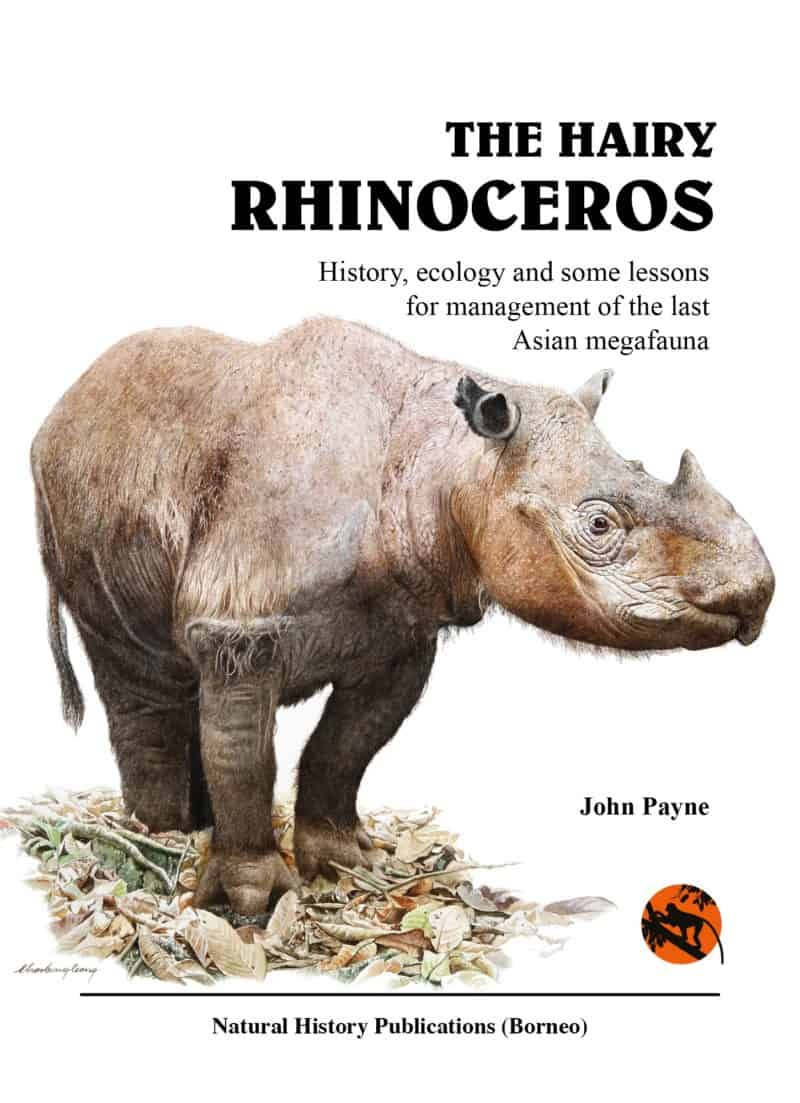
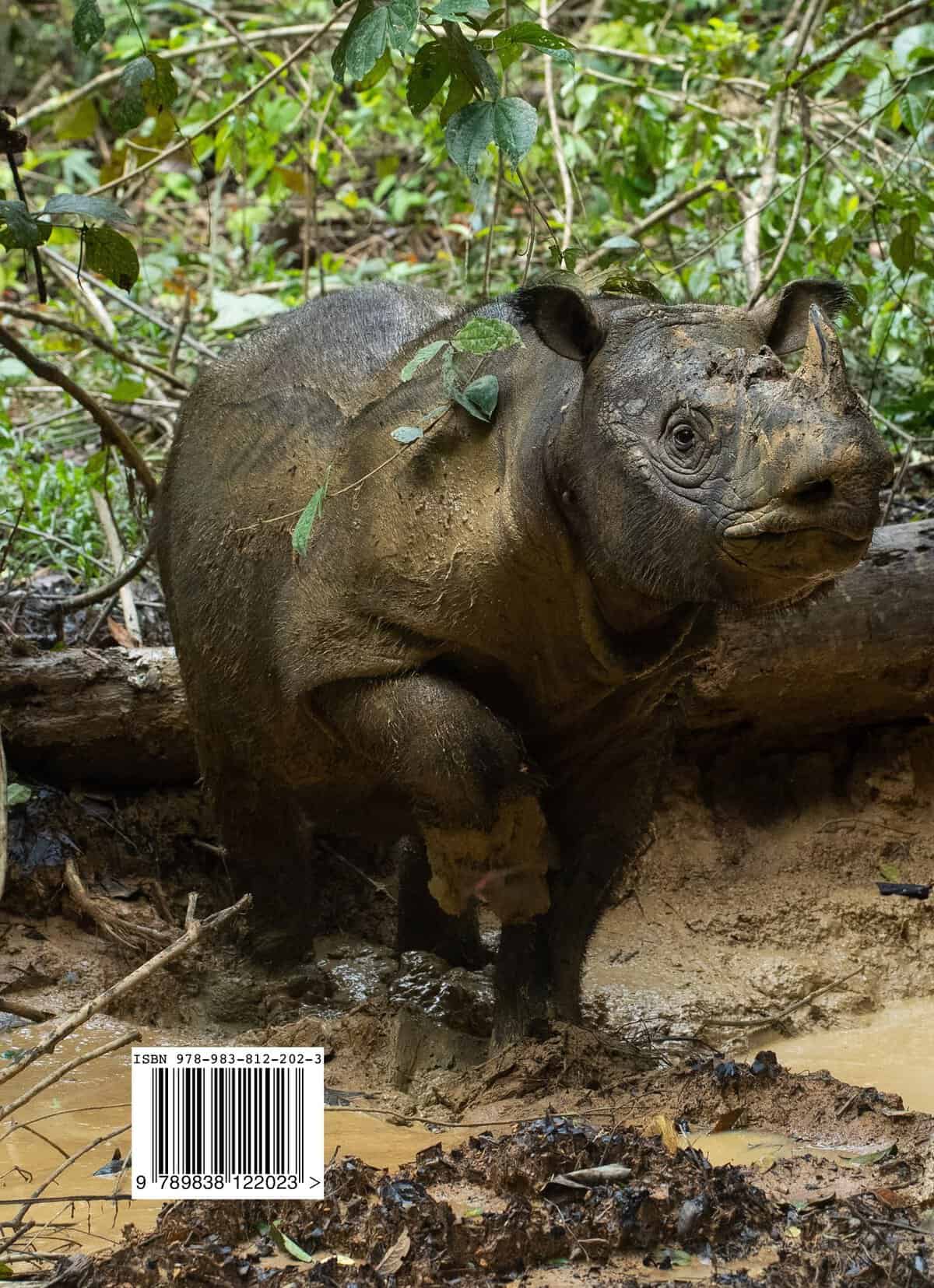
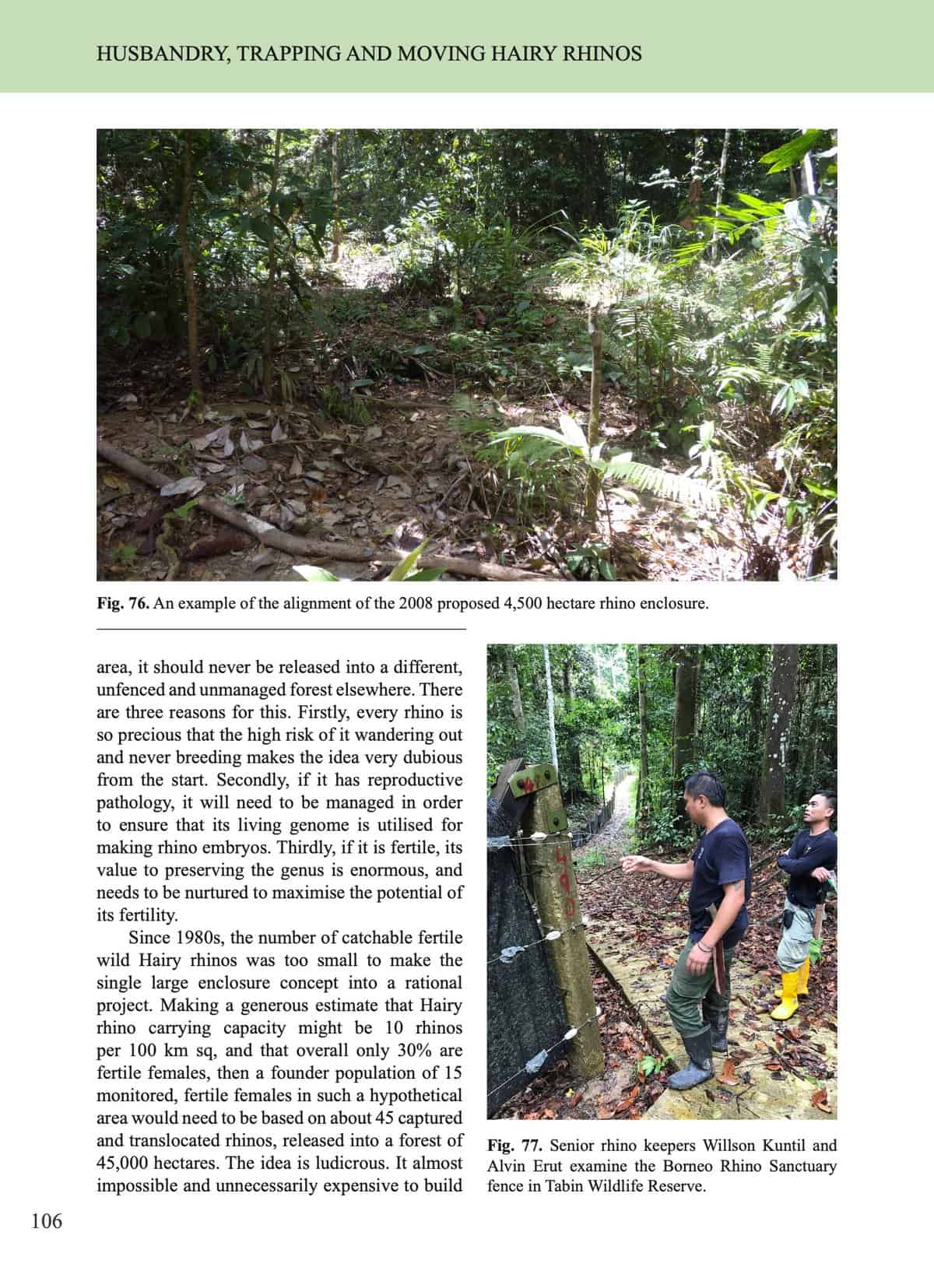
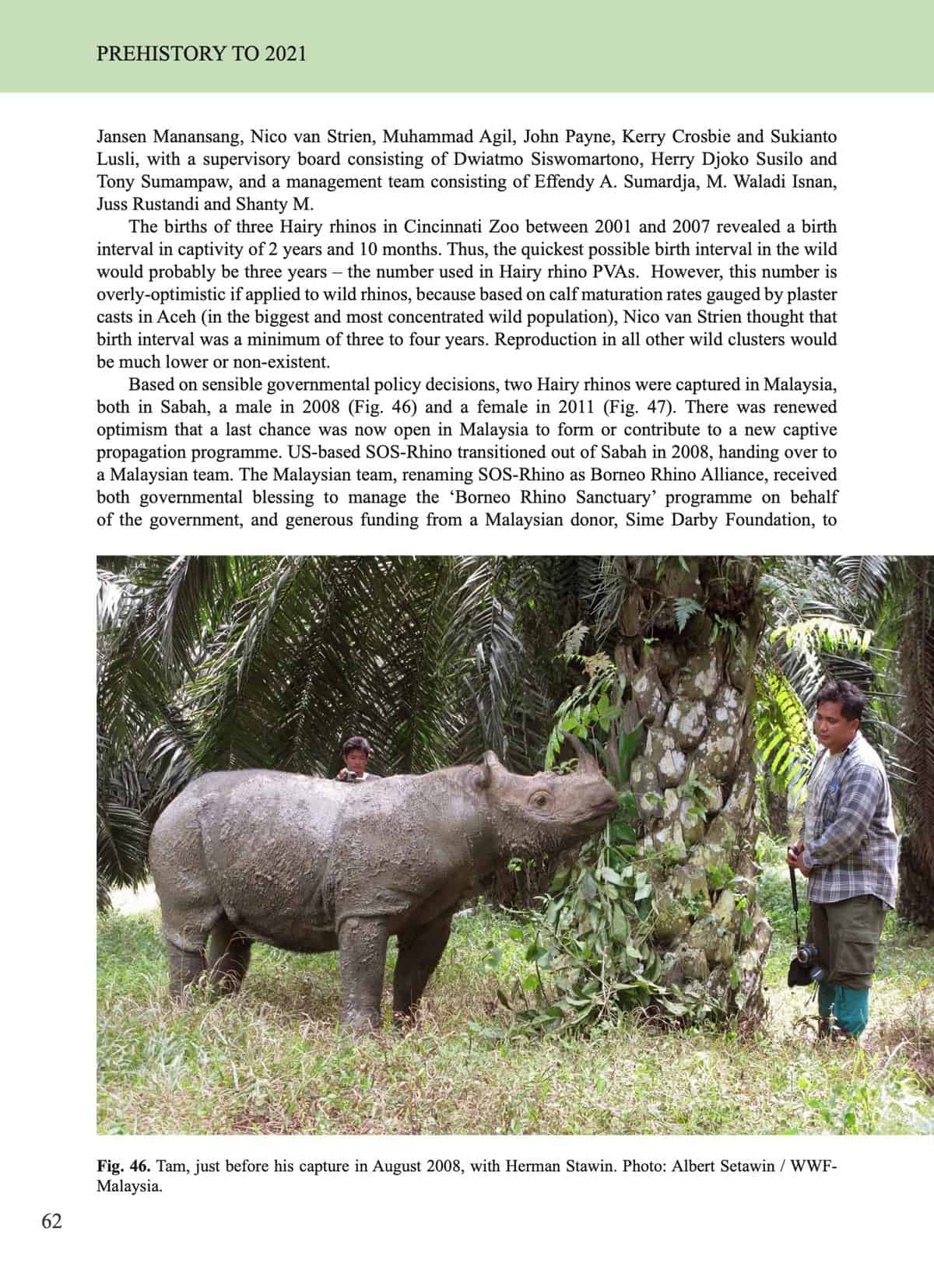
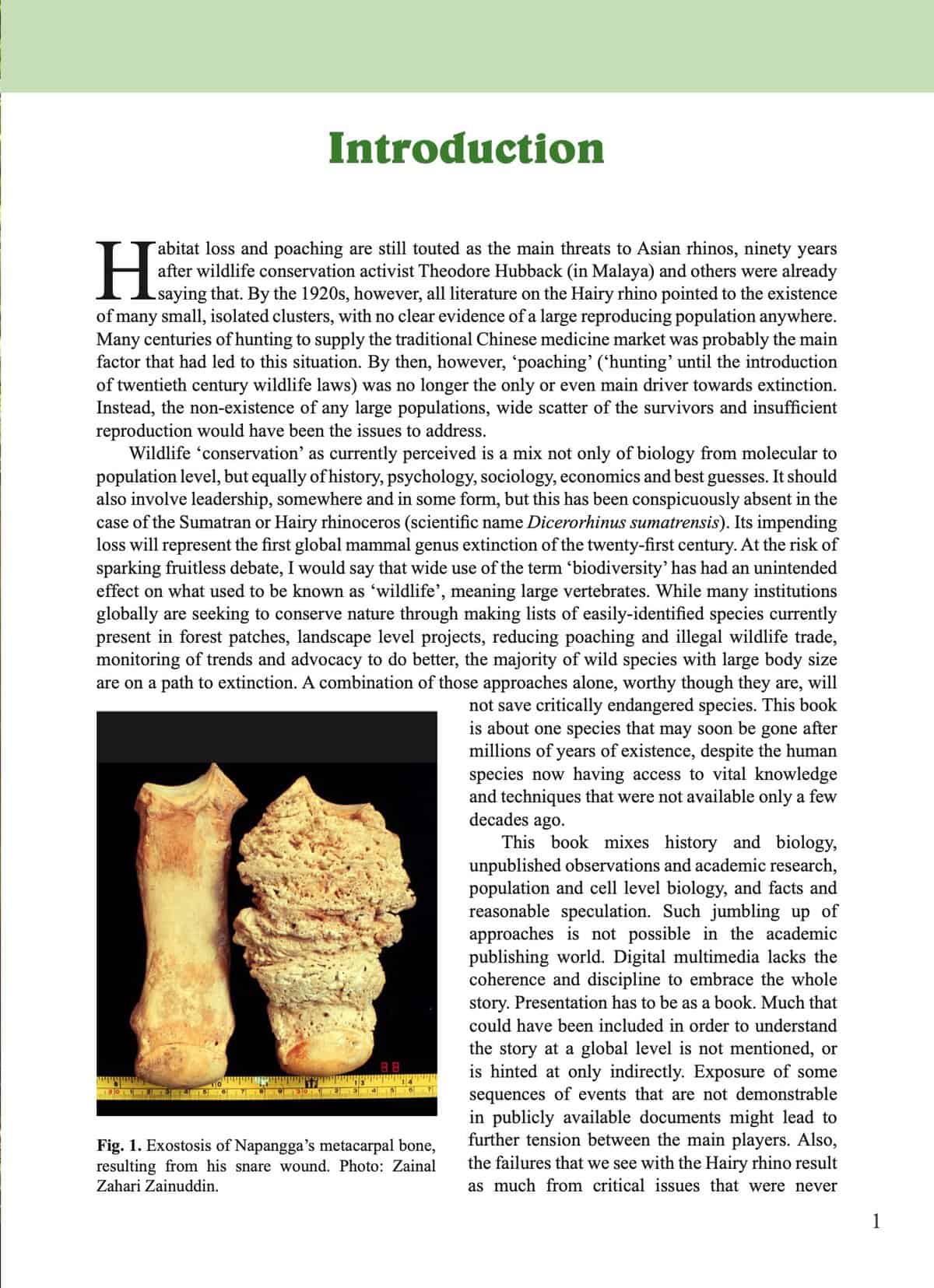
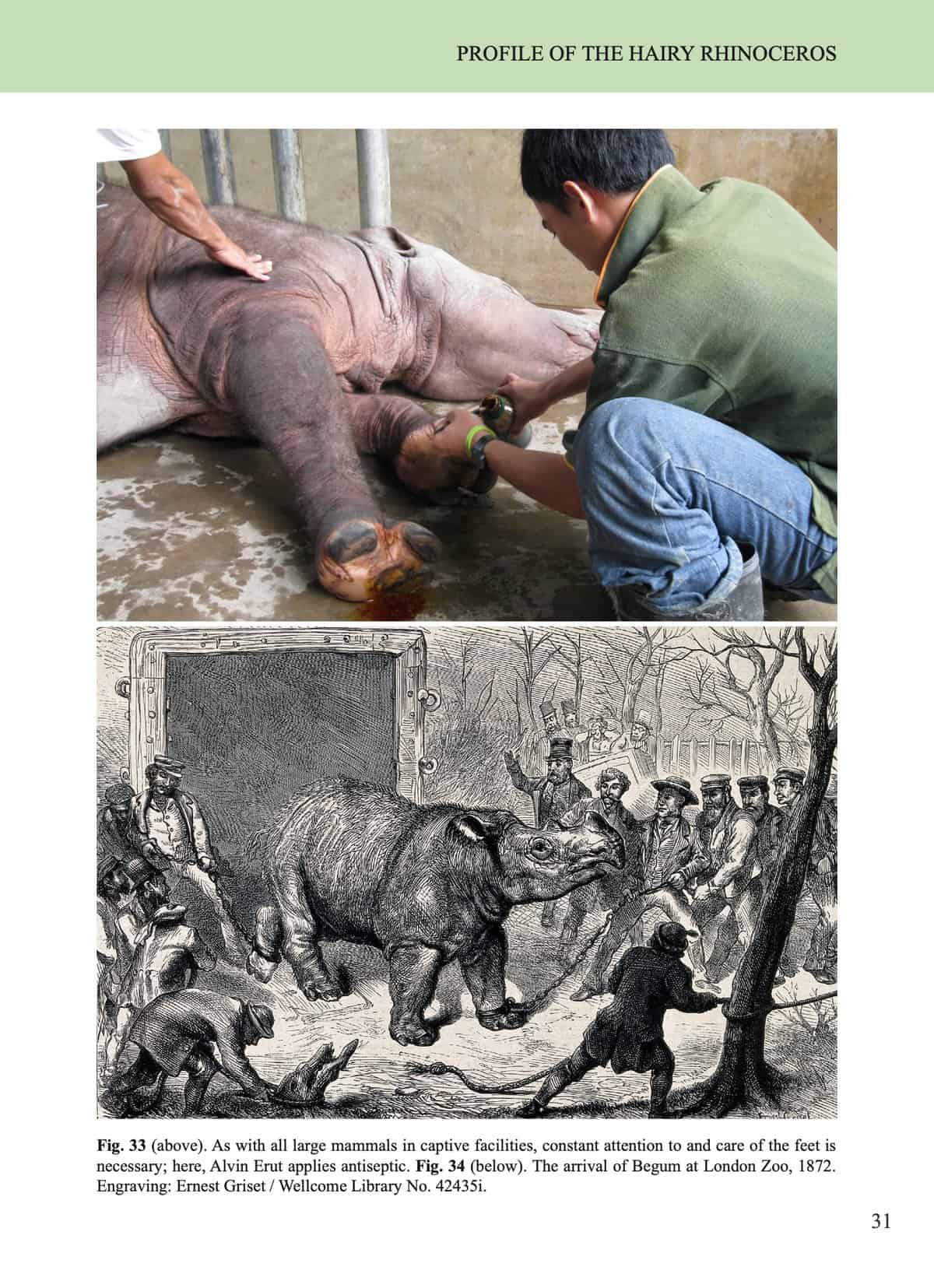
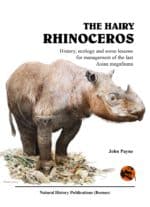
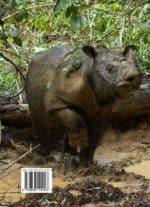

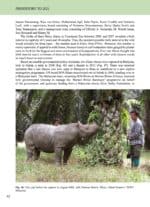
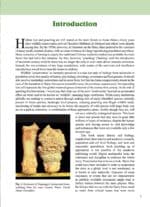

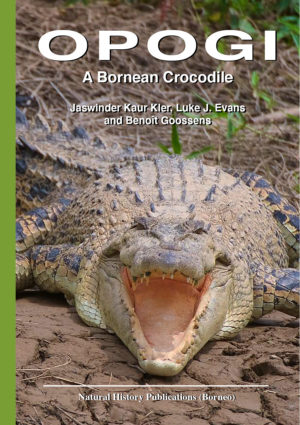
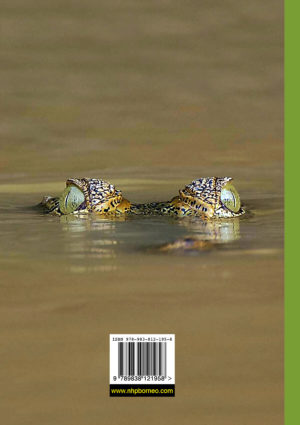
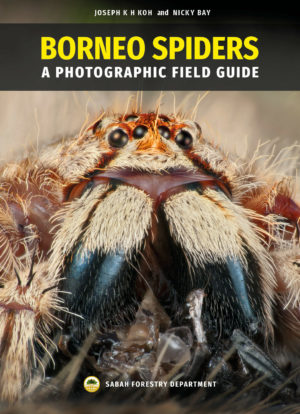
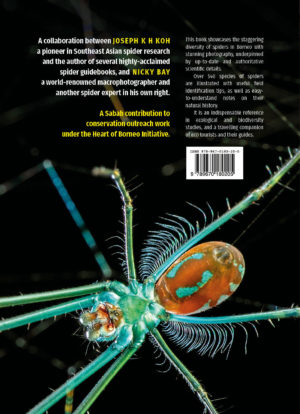

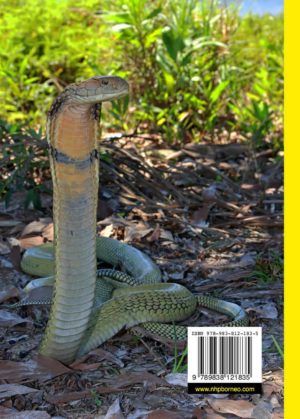
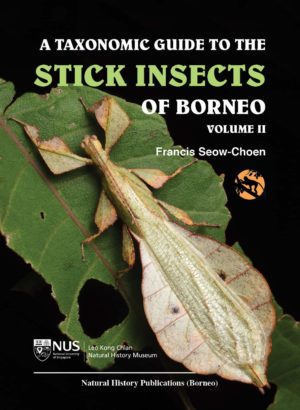
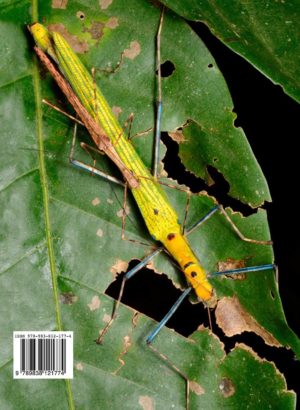
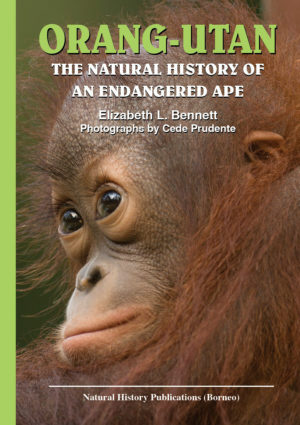
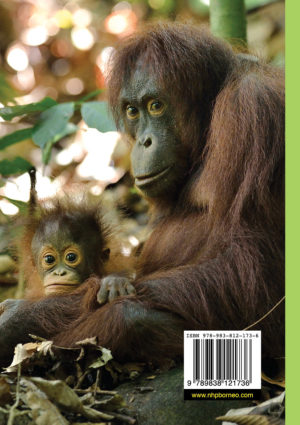
Reviews
There are no reviews yet.